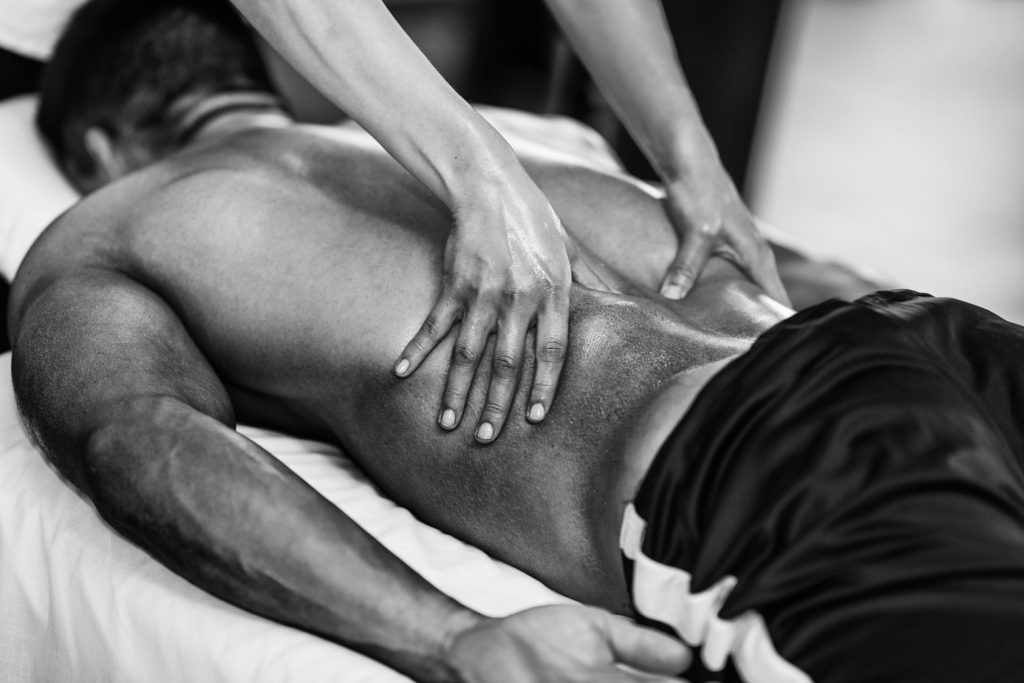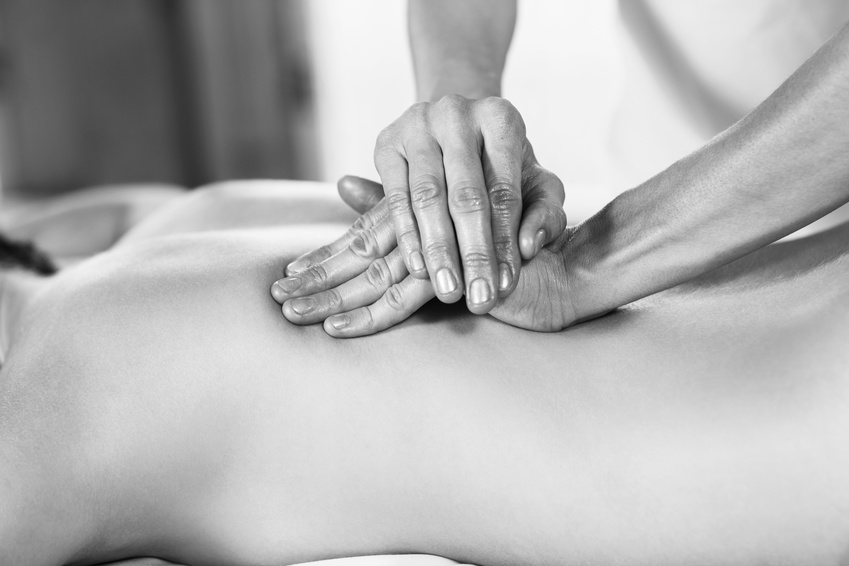
Why sports massage?
After periods of increased intensity of training, a tough game, a physical working week or a stint spent at a screen where posture is compromised, there can be injury, micro-trauma and accumulation of waste material within and around the soft tissue. The aim of sports massage is not only to reduce pain, aid recovery and restore the normal function of muscles and joints, but to also enhance the performance of these structures.
Prevention is always preferable to cure. Sports professionals incorporate massage as an integral part of training regimes pre and post event, meaning high levels of performance can be achieved frequently. It doesn’t just apply to elite athletes! If you can find the time for a regular sports massage you will benefit in the following ways:
Reduced incidence of injury occurring
Reduced pain and stiffness
Increased range of motion
Removal of inflammation
Reduced recovery time
Stimulate muscle tone and increase circulation
Release tension held around Thoracic spine to enable deep, efficient breathing
Sports massage is not all thumbs, elbows and pain! Initially the soft tissue is warmed up with appropriate strength, this identifies areas that have potential build up of tension, joint inflammation, areas of myofacial adhesions, scarring etc. Then the following techniques can be used where necessary. Communication throughout is essential to ensure the treatment is effective.
AND IF YOUR INTERESTED…THE SCIENCE BIT!!!
NEUROMUSCULAR TECHNIQUES (NMT)
The Central and Peripheral nervous systems (CNS) are very fast learners. If you have sustained an injury, be it acute (sudden) or chronic (long term), signals are sent in response to pain to the surrounding structures to contract, to prevent further damage. This is an important part of the healing process, however the CNS can become used to holding this level of tension, accepting it as the body’s new normal. Similarly, the habit of poor posture when sat at a desk or looking at a phone, has re-educated the nervous system and therefore the muscles, into that new ‘normal’ body position. NMT, involves applying a deep pressure to localised areas of tension build up. Together we can provoke a change by breathing into the pressure applied and consciously relaxing. This overrides the contracting muscle and reverses the CNS reflex - reducing tension, pain and regaining range of motion.
LYMPHATIC DRAINAGE
The lymph system is responsible for the removal of inflammation throughout the body. It has very little pressure and so relies on the pumping effect from the contraction and relaxation of muscles, to drain. When an area of soft tissue is injured the inflammatory response occurs and we refrain from using the surrounding muscles to prevent pain or further damage. Massage helps here to flush out and remove the waste materials and inflammation from the area, into the lymphatic system to be drained away. This promotes efficient healing of the injured area and prevents blocked lymph ducts.
MUSCLE ENERGY TECHNIQUES
Naturally muscles work in pairs, opposing each other. If one is being held in a state of tension by the CNS for too long, the other can become weak, as if it were receiving its normal signals to relax. My sports massage practice encompasses therapy techniques that look at the function of the effected area as a whole. So whilst we use massage to relax the contracting muscle we will also look to strengthen those structures that may have been weakened during this episode of abnormal functionality. Isometric holds are widely researched to be the safest form of strengthening, known as progressive (and regressive) angular isometric loading (PAILs and RAILs). Holding an Isometric contraction (contracting a muscle without movement, ie: pushing against a fixed object) allows the CNS to accept that the area or joint is safe in doing so. Pain signals are then reduced. Once the isometric contraction is relaxed, this reduced experience of pain allows the joint to be passively moved into a greater range of motion. The Isometric hold can then be repeated at the new angle meaning increased strength throughout an increased range of motion.

